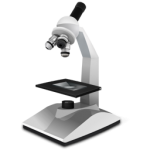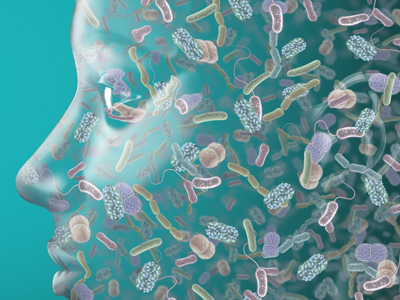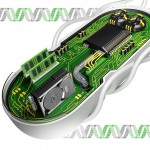 A loggerhead sea turtle found itself in a pretty bad spot when it lost its front legs to a shark. Luckily for it Japanese rescuers have fitted it with two new artificial front legs, allowing it to swim once again! Prosthetics aren’t just for humans anymore. But this lucky turtle isn’t the first prosthetic wielding aquatic animal, Fuji is a dolphin who has been successfully using her $83,000 aritificial tail for years now!
A loggerhead sea turtle found itself in a pretty bad spot when it lost its front legs to a shark. Luckily for it Japanese rescuers have fitted it with two new artificial front legs, allowing it to swim once again! Prosthetics aren’t just for humans anymore. But this lucky turtle isn’t the first prosthetic wielding aquatic animal, Fuji is a dolphin who has been successfully using her $83,000 aritificial tail for years now!
Watch videos of both after the break!




















